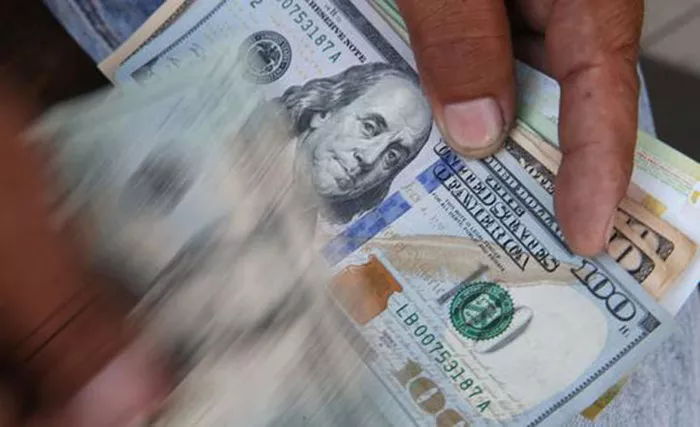Inflationary pressures in the United States have shown signs of resurgence, according to the latest data released by the Commerce Department. Consumer prices rose by 2.3% in October compared to the same month last year, an increase from 2.1% in September. While this figure remains slightly above the Federal Reserve’s target of 2%, it signals a potential stall in the downward trend of inflation that has characterized the last two years.
Core inflation, which excludes the more volatile categories of food and energy, also saw a rise, climbing to 2.8% year-over-year in October, up from 2.7% in September. This core measure is closely monitored by economists as it often provides a clearer indication of long-term inflation trends. Despite a significant drop from its peak of 7% in mid-2022, core inflation has fluctuated between 2.6% and 2.8% since February, with persistent price increases noted in essential services such as housing, dining out, and insurance.
The recent uptick in inflation could complicate the Federal Reserve’s plans for interest rate adjustments at its upcoming meeting in December. Economists suggest that this data may strengthen the case for a cautious approach to rate cuts, with some analysts predicting a quarter-point reduction while others advocate for maintaining current rates until more data is available.
Omair Sharif, chief economist at Inflation Insights, commented, “This report will likely provide further ammo to Fed officials who prefer to lower rates gradually,” indicating that the Fed may adopt a wait-and-see strategy as it assesses upcoming inflation reports.
In terms of consumer goods, grocery prices remained stable while gasoline costs fell slightly, providing some relief for household budgets. The average price at the pump reached $3.07 per gallon on Wednesday, down six cents from October. However, used car and truck prices surged by 2.8% from September to October, contributing to an overall increase in transportation costs.
Despite these fluctuations, Americans’ incomes and spending patterns remain robust. Incomes grew by 0.6% from September to October—outpacing expectations—and consumer spending increased by a solid 0.4%. This resilience in consumer behavior is crucial for sustaining economic growth amid rising costs.
Looking ahead, the potential impact of President-elect Donald Trump’s policies on inflation and economic growth adds another layer of uncertainty. His proposed tax cuts and deregulation could spur economic activity but may also lead to overheating and increased inflationary pressures.
As we approach December’s Federal Reserve meeting, the interplay between inflation data and monetary policy will be closely watched by economists and consumers alike.
READ MORE:
Holiday Hustle: Americans Turn To Side Gigs For Extra Cash This Season
Oil Prices Slide Ahead Of Crucial OPEC+ Meeting Amid Surprising Gasoline Stock Surge
Bank Of Korea Surprises Markets With Back-To-Back Rate Cuts Amid Economic Uncertainty

